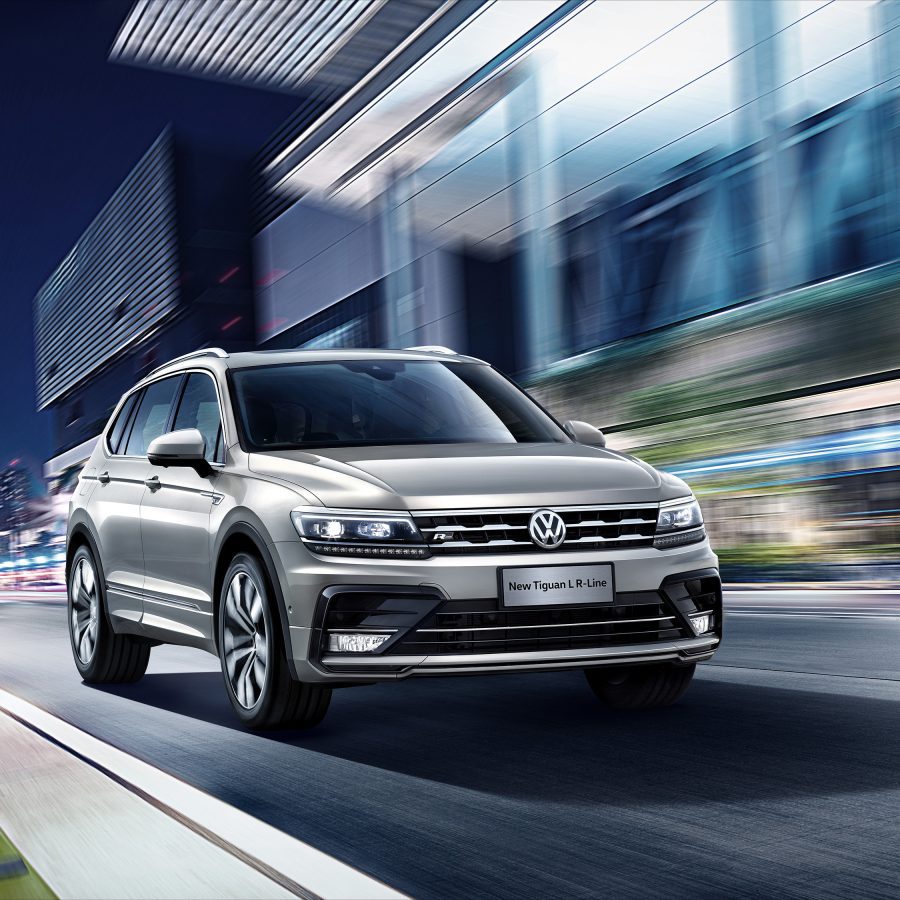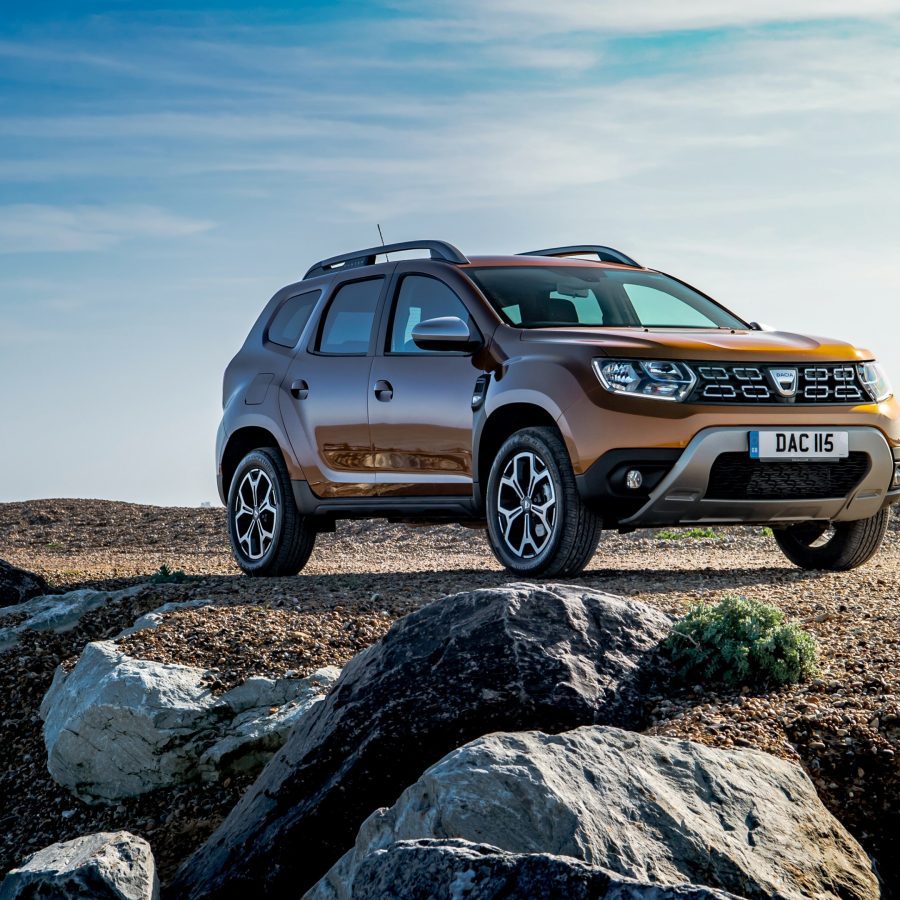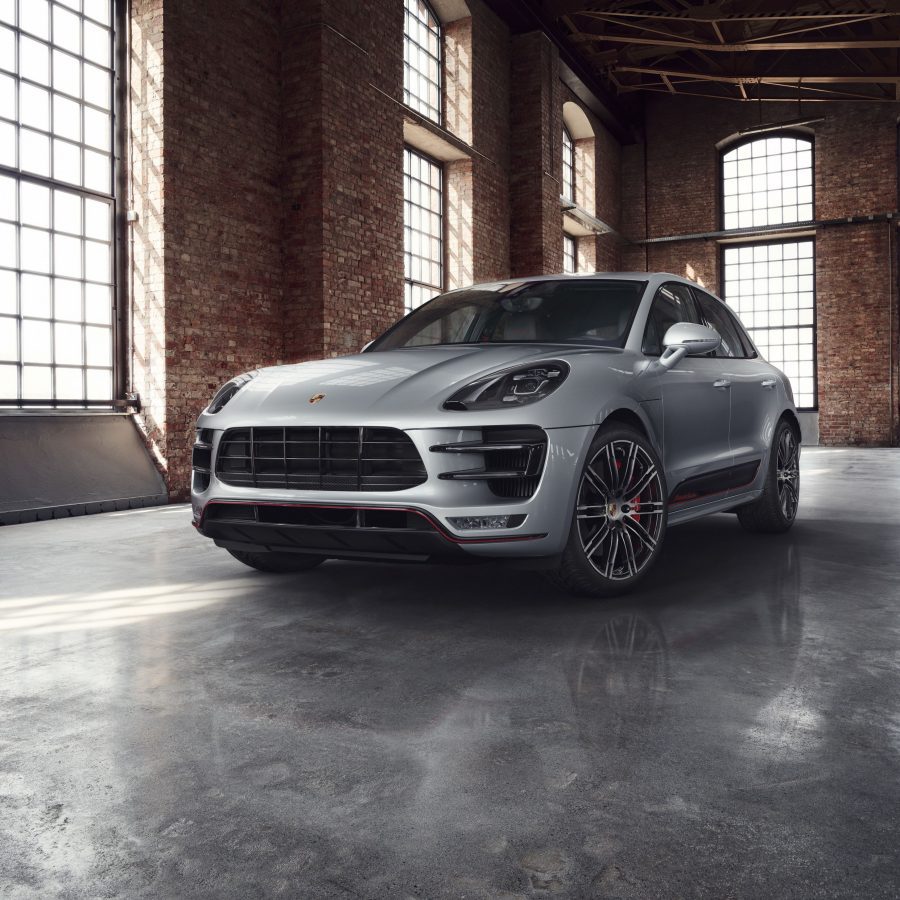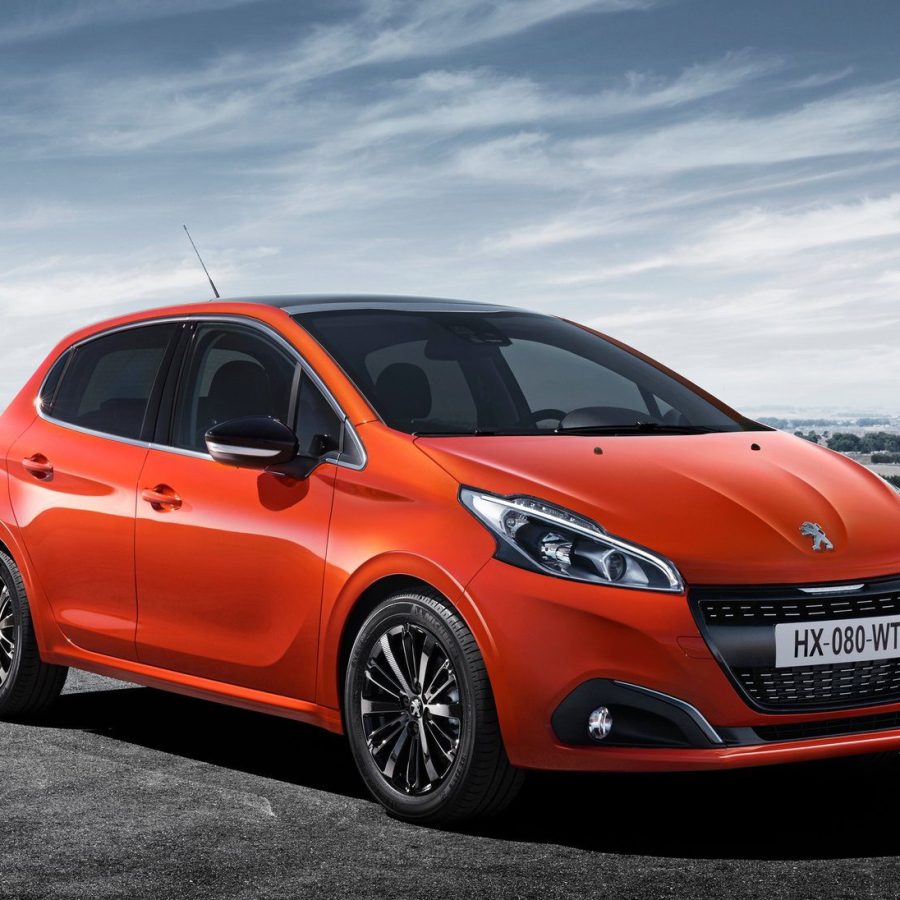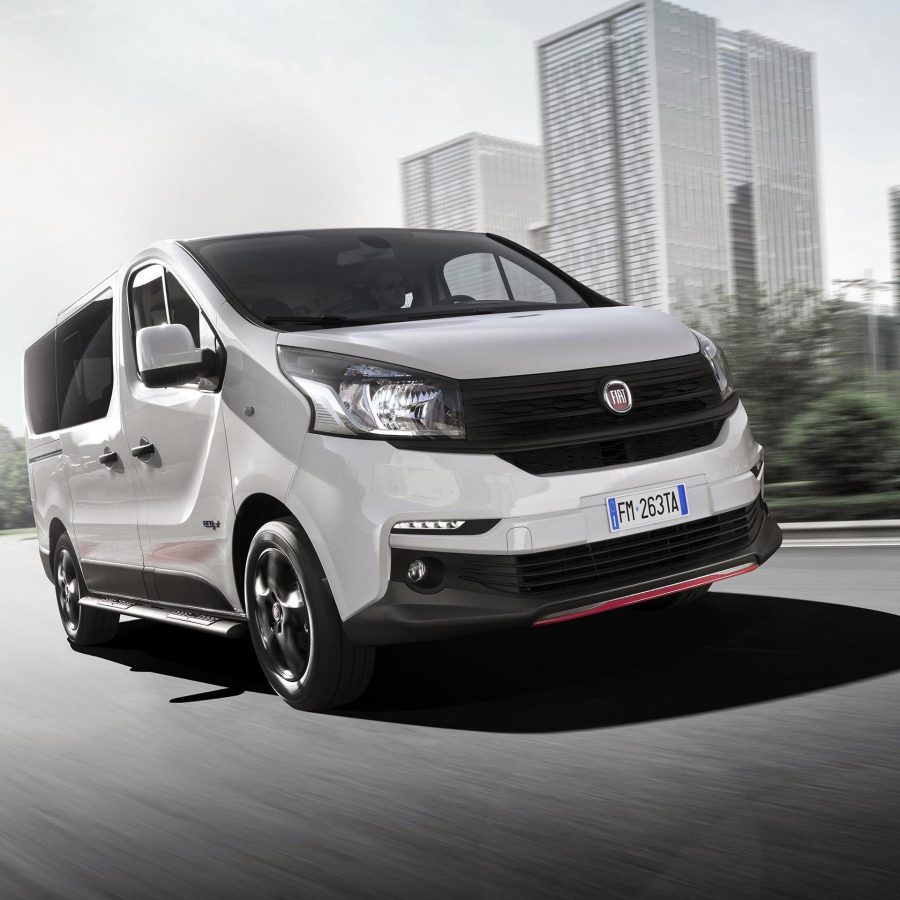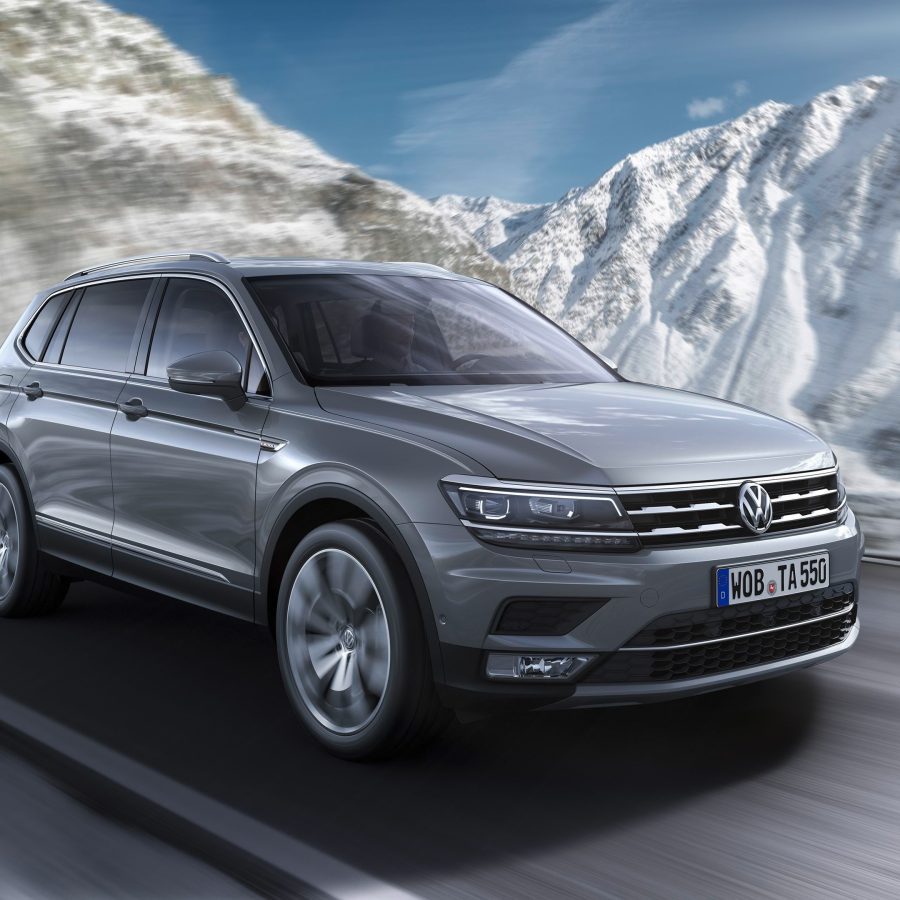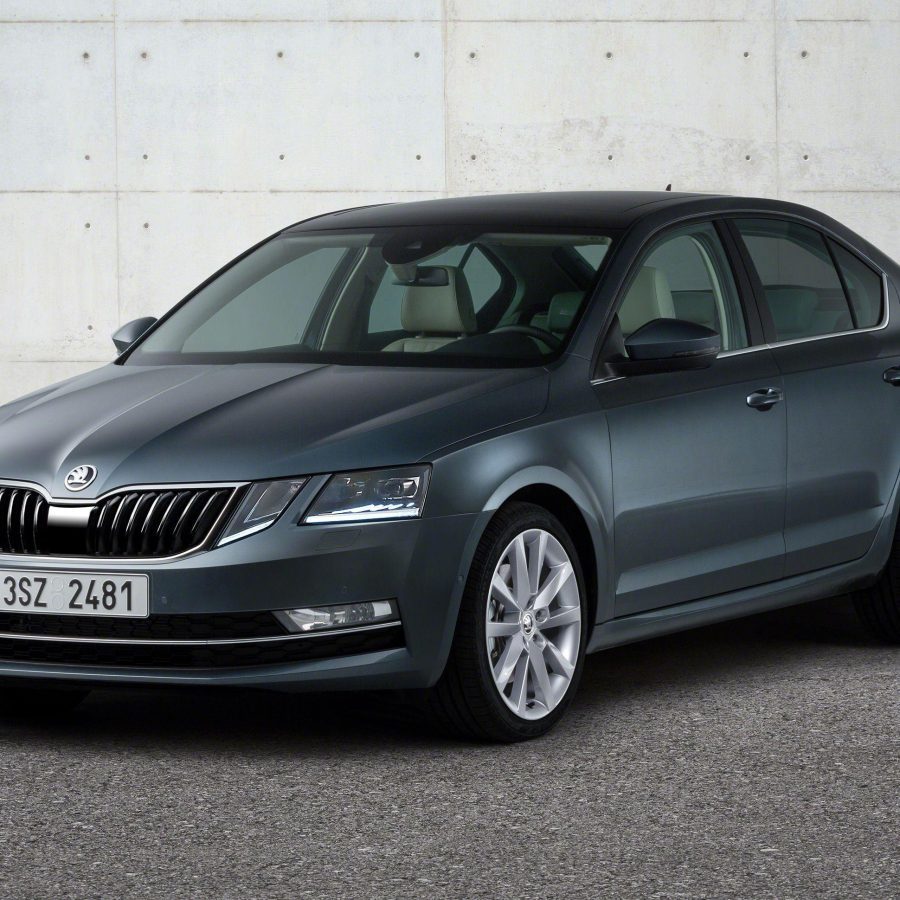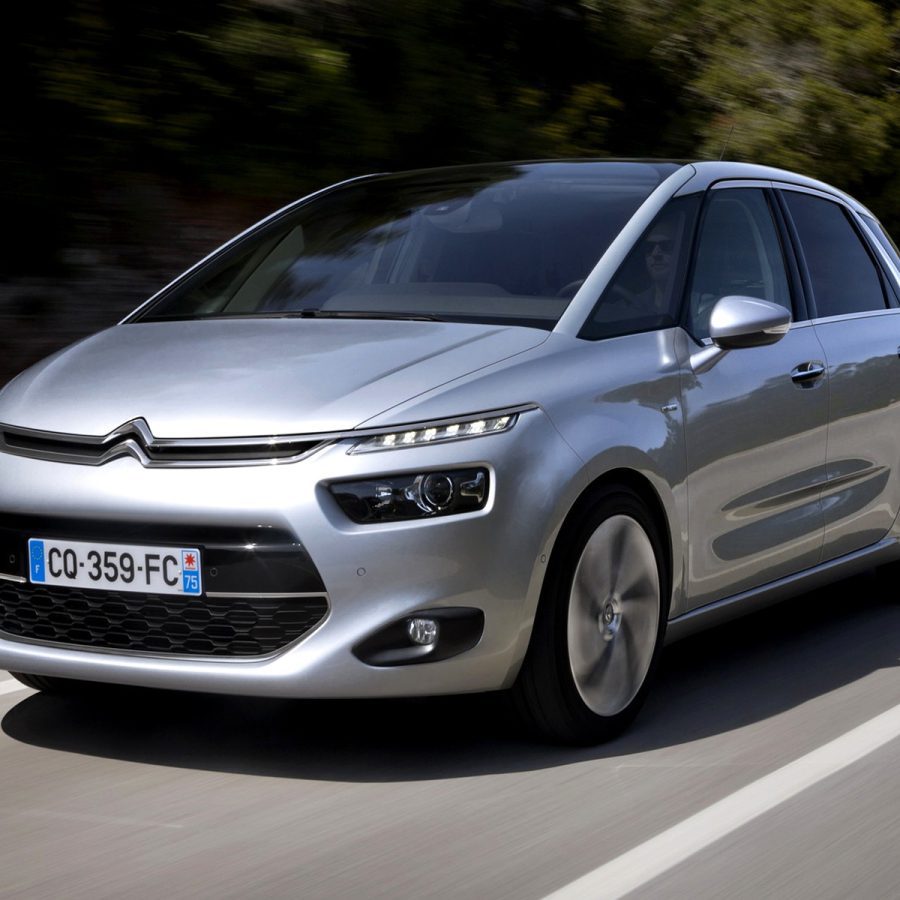2018 Europe Automotive Sales Research
In 2018, the European automotive market continued to evolve, influenced by a blend of technological advancements, regulatory shifts, and economic dynamics. While certain regions in Europe witnessed growth, others, especially the UK, faced challenges stemming from ongoing Brexit negotiations. Concerns about tariffs, supply chain disruptions, and future investments due to Brexit weighed on the industry. In September 2018, the Worldwide Harmonized Light Vehicle Test Procedure (WLTP) was implemented to provide more realistic fuel consumption and CO2 emission figures. This new testing procedure led to disruptions in supply as some models had to be retested or adapted to meet the new criteria. Consequently, there were delivery delays and even sales halts for some models. The backlash against diesel engines intensified, with sales of diesel cars continuing to drop. Several cities in Europe proposed or implemented bans on older diesel vehicles due to environmental and air quality concerns. Electrification continued its upward trajectory. There was a noticeable increase in the availability of electric and hybrid models. Governments, particularly in Western Europe, provided incentives to promote EV adoption and announced future plans to phase out combustion-engine vehicles. The SUV segment continued to expand and dominate the European market. Compact SUVs, in particular, gained traction, becoming a favorite choice for many consumers. With the Paris Agreement in the background and growing environmental concerns, there was a pronounced push towards sustainability in the automotive sector. This didn't just relate to electric vehicles but also to manufacturing processes, materials used, and the broader automotive ecosystem.


